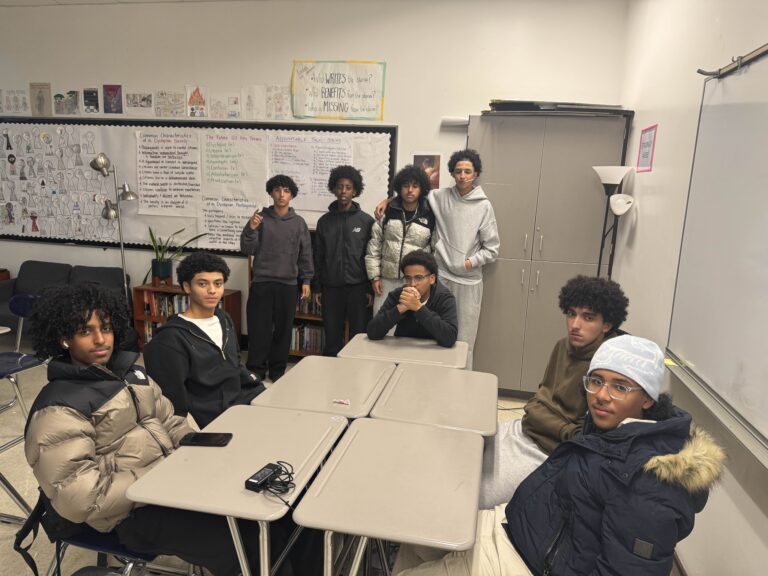By JULIA PARKER
The Chapter 70 education aid formula is the Massachusetts Commonwealth’s program for distributing its budget money for K-12 public education equally into the state’s 328 local and regional school districts. This formula ensures that each district has the correct amount of money it needs to sustain its education for all students, and it also considers the amount of ability each government has to contribute to the funds. Basically, wealthier, non-crowded districts get less money than the districts who need the money more. The formula tries to have an equalizing effect on the state of Massachusetts.
The Chapter 70 education aid formula was created by the Education Reform Act of 1993, a landmark legislation that responded to growing concerns about the funding adequacy and equity in Massachusetts schools. Prior to Fiscal Year 1994, the state contributed less money to K-12 education, leaving school districts more heavily dependent on the local property tax. The Education Reform Act also served as the Legislature ‘s response to the State Supreme Court case McDuffy v. Secretary of the Office of Education, which found on behalf of a group of students from communities with low property values that the state was not living up to its obligation to provide an adequate public education to all children in the state.

There are simply four basic steps to the Chapter 70 formula, which does carry sub-steps, but are not too important to the true process.
1. The Massachusetts State Constitution states that the total spending in each district never declines below the amount that is needed to produce the required education for each student. Lawmakers made this formula to ensure that this situation never happens. A district’s budget is calculated by multiplying the number of students at each grade level (and the income levels of those students) by a set of a set of categories of education spending, such as salaries, building maintenance, etc., and then finally adding together those total dollar amounts. The foundation budget is designed to represent the total cost of providing an education, which is often expressed as a per-pupil foundation budget by dividing the total budget by the amount of students.
2. Once the total foundation budget is settled, the state calculates each city and town ‘s ability to contribute local revenue towards the operation of all the schools. Local ability to contribute varies based upon the incomes and property values of different cities and towns. The state expects that each residency can contribute the same share of local resources to the budget by setting uniform contribution rates. In FY 2011, for example, local contributions were determined by adding 0.3 percent of each town ‘s total property values to 1.4 percent of the income earned by residents of the town. The required local contribution is basically a measure of how much local tax revenue a city or town can reasonably raise and dedicate to the operation of its schools.
3. Chapter 70 education aid is then determined after step two by filling the gap between a district’s required local contribution and its foundation budget. Calculating state aid from the difference between steps one and two ensures that every district can afford the funding that the total baseline education determined appropriate by the foundation budget.
4. The actual required local contribution is only the minimum amount that cities and towns absolutely have to contribute to their school districts, and many wealthier communities opt to contribute significantly more. For this reason, the Chapter 70 formula provides a baseline school budget, but it does not ensure equitable total funding across the state. This is where it hurts the City Of Malden.
The main reason Chapter 70 works against Malden is because of our current real estate rate and pay. Since we have an abnormally high real estate rate, the lower the amount of money is given to us each year to support the students. At this point in time, each year the City Of Malden is receiving less than half of what we actually need, while other towns and cities receive nearly double. The Chapter 70 formula is something that needs to be updated, because it is not working for the cities who get barely any money.




